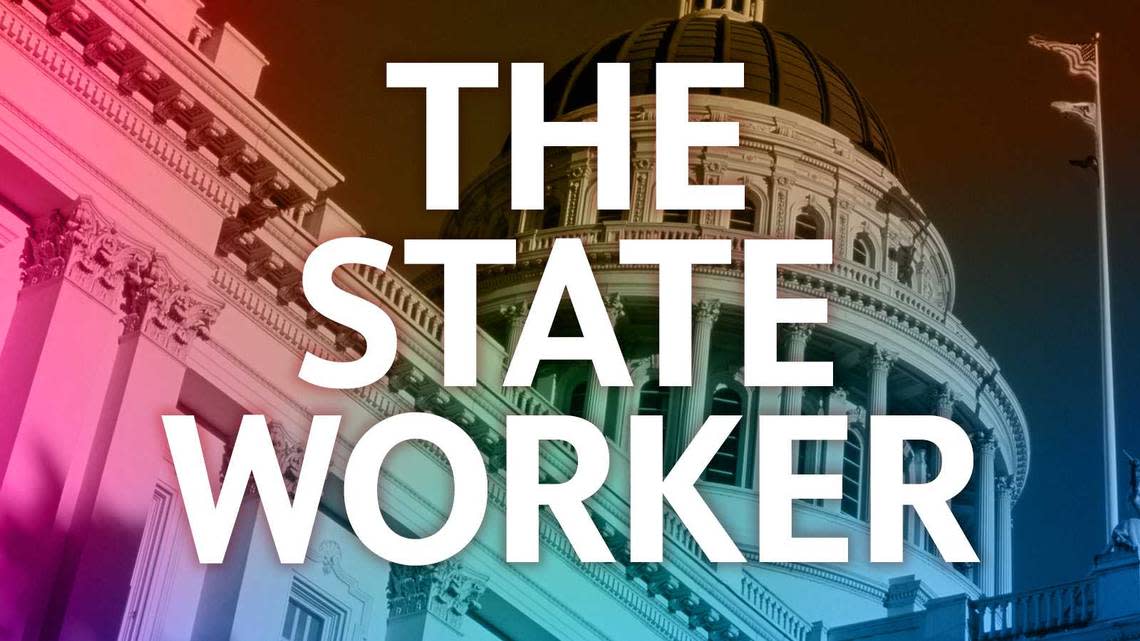California to fund 401(k)s for prison guards on top of CalPERS pension in ‘major policy change’

California correctional officers are on track to win a deal that “fundamentally enhances” their retirement benefits through a “major policy change,” according to an initial analysis of the agreement produced by the Legislative Analyst’s Office.
One of the biggest changes presented in the tentative agreement between the California Correctional Peace Officers Association and CalHR is a guaranteed employer contribution to a 401(k) plan known as Savings Plus.
The state would make a one-time contribution of $475 to the account in November 2024. Starting with the January 2025 pay period, the state will make monthly contributions worth 1% of the employee’s salary. This would be on top of the employer-funded CalPERS pensions that state civil service employees receive, and all permanent full-time employees would be eligible.
By granting members access to both a state-funded pension and a 401(k) plan, the CCPOA agreement “fundamentally changes the state’s retirement benefit,” according to the LAO’s analysis.
“Such a change warrants serious and extensive deliberation,” the analysis read.
The CalPERS pension represents a “defined benefit” plan, which provides a fixed and predetermined amount of money for employees upon retirement. The employer bears the responsibility for investing and funding these traditional pension plans. Retirees often value the sense of security that comes with a guaranteed income each month.
In contrast, a 401(k) is the most common form of a “defined contribution” plan, which puts the investment burden largely on the employee. Employees fund their own accounts with pre-tax dollars, and the employer typically matches an employee’s contribution up to a certain amount. In the 1990s, the defined contribution plan surpassed traditional pensions as the dominant form of retirement plan.
As part of those deliberations, the LAO report prompts the Legislature to consider what problem the proposal is trying to address, in addition to whether there should be a vesting requirement on the 401(k) plans. The analysis also poses the question of whether the state should decrease pension benefits for state workers who also receive employer-funded 401(k)s.
Former state finance director Michael Genest said he wouldn’t be surprised if other unions, particularly those representing public safety officers, asked for similar retirement perks.
“If one guy can get it, why can’t the other guy get it?” Genest said. “That’s the way this stuff works.”
The proposed agreement doesn’t include any reduction of pension contributions. Genest suggested the state could’ve used the introduction of 401(k)s to lower the financial burden placed on it by an underfunded pension fund. In July, CalPERS reported that the fund was approximately 72% funded, meaning it could pay only 72% of the benefits it owes if it had to pay them out today.
“It’s a missed opportunity,” Genest said.
If the state were to change its mind and choose to decrease its CalPERS contribution, it would face significant hurdles due to the so-called California Rule — the longstanding legal precedent that bars public agencies from cutting retirement benefits without offering workers additional compensation. The state would have to give CCPOA another perk, such as increasing the 401(k) benefit further, if it wanted to decrease the pension liability, Genest said.
On Wednesday afternoon, the Assembly budget committee were expected to consider the tentative agreements for bargaining units represented by CCPOA, SEIU Local 1000 and the International Union of Operating Engineers. The bills will then need the approval of the Legislature before Gov. Gavin Newsom could sign them. Union members will also need to ratify the agreements before they can take effect.

